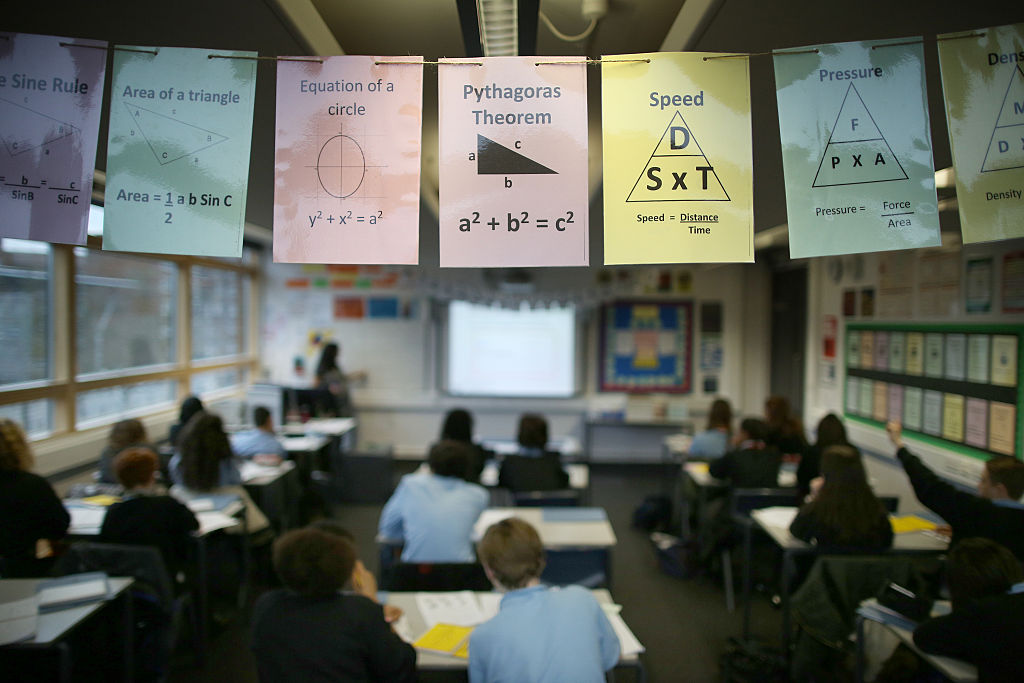According to data released by the Department for Education today, free schools have topped the league table when it comes to Progress 8. This metric, introduced three years ago, tells you how much progress children have made in a particular school between the ages of 11 and 16 relative to the progress other children have made with similar starting points. It’s a way of controlling for the fact that children enter secondary school with varying levels of prior attainment. If you just look at raw GCSE data, those schools that get the best results might not be the most effective; it could be that they’re attracting children of above average ability. Indeed, it nearly always is due to that. Progress 8 is a fairer measure because it assesses a school’s GCSE results after taking into account both prior attainment and the average progress made by all children with the same prior attainment.
Anyway, according to this measure – which must be the fairest way of judging schools ever devised by the Department for Education – free schools are outperforming all other types of schools. On average, free schools secured a Progress 8 score of 0.24, which means that students in these schools achieved a quarter of a grade better in each of the eight relevant subjects than children with similar starting points did across the country.
This is the second year running that free schools have come top of this particular table. In addition, four of the top 10 highest-performing schools in England according to Progress 8 are free schools: Dixons Trinity Academy in Bradford, Eden Girls in Coventry, William Perkin in Ealing and Tauheedul Boys in Blackburn. It is worth noting that those schools aren’t in particularly affluent parts of the country and that is generally true of secondary free schools. Taken as a whole, secondary free schools cater to an above average number of children from disadvantaged backgrounds. So much for them being “vanity projects for yummy mummies”, as Tristram Hunt once described them.
Curiously, the Department for Education chose not to celebrate these results today. Instead, it issued a statement saying the number of free schools with GCSE results is “too small to allow robust conclusions to be drawn about their performance”. Dr Rebecca Allen, professor of education at UCL Institute of Education, disagrees. She’s written a post for Schools Week pointing out that, with 76 free schools posting GCSE results this year, the sample size is big enough to enable us to draw “robust conclusions”. “[G]iven the way we choose to measure school performance,” she writes, “I think it is reasonable to say that free schools had a successful exams season last summer and we should congratulate them for it.”
I hope Angela Rayner, the shadow Education Secretary, will reconsider her pledge to dismantle the free schools programme in light of these results.







Comments